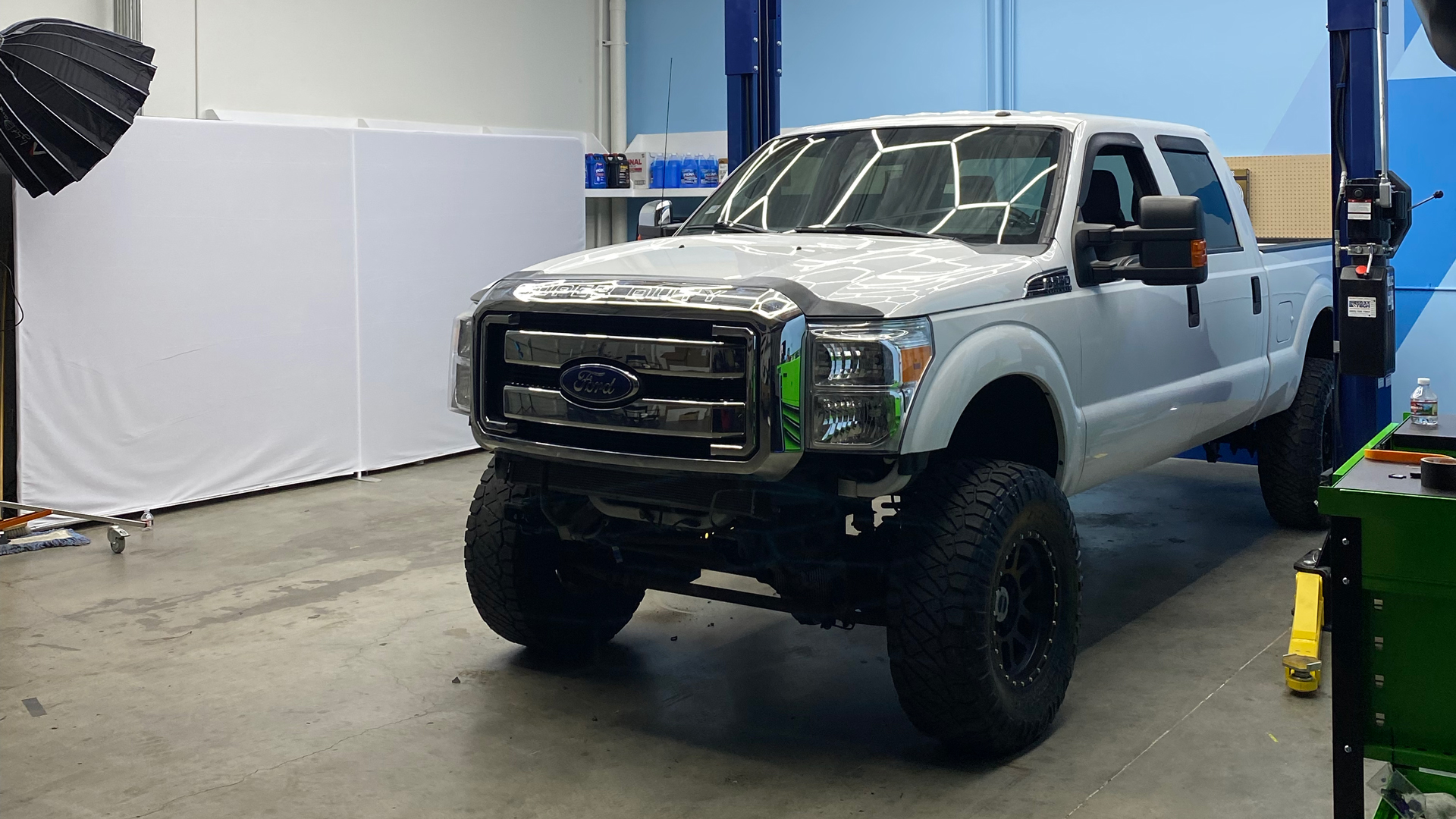This week, I am working on a shoot where I wrench on a vehicle and install some basic parts. It’s funny I know when you consider that I’m not a great wrench. Thankfully, most of this stuff is very basic. And even better is that I’m working with two of the most modern vehicles upon which I’ve ever put a socket to bolt. Our subject vehicles are a 2016 Ford F-250 and a 2007 Toyota Camry. These are the easiest cars I’ve ever worked on.
Sure, things would get more complicated if I had to diagnose codes and dive into the engines. Especially on the F-250 with its four heat exchangers, dual fuel pumps in tough spots, and extremely crowded engine bay. Instead, we’re dealing with simple fixes like broken taillights or headlights, swapping out bumpers, and replacing side mirrors, fenders, and more similar items.
All the bolts turn nicely. The parts come off relatively easily. And the new stuff fits perfectly.
So for right now, these are the two easiest vehicles on which I’ve worked. My tune could change as we dive into slightly more complicated stuff as the shoot goes on.
For now though, I want to know about the easiest vehicle that you’ve worked on… sound off below!



Leave a Reply